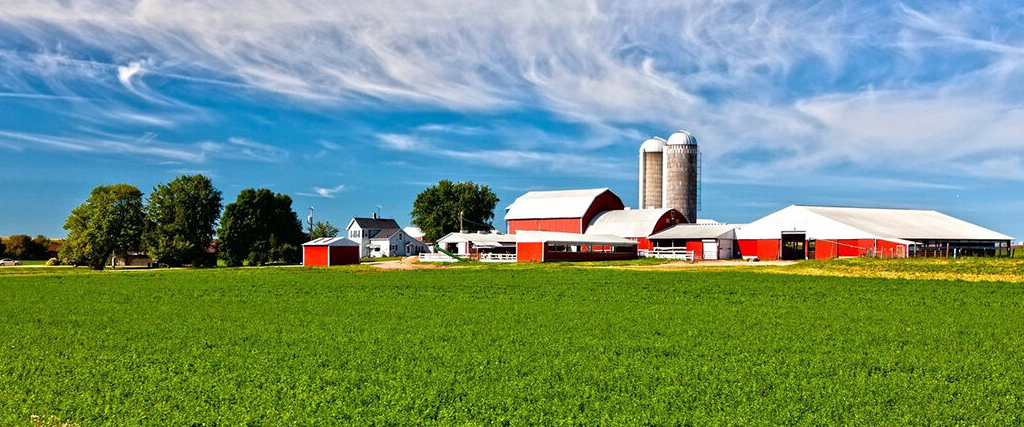The Top 5 Neighborhoods in Janesville, WI

Janesville, Wisconsin, a medium-sized city that connects South Central Wisconsin, offers a selection of neighborhoods each with its own unique character and distinct features. Whether you’re looking for a family-friendly suburb, proximity to Janesville’s abundant outdoor facilities, or historic urban charm, Janesville’s housing market has something for everyone. In no particular order, here are five of the best neighborhoods in Janesville, WI to consider when you want to buy a home in Wisconsin’s Park Place.
1. Courthouse Hill
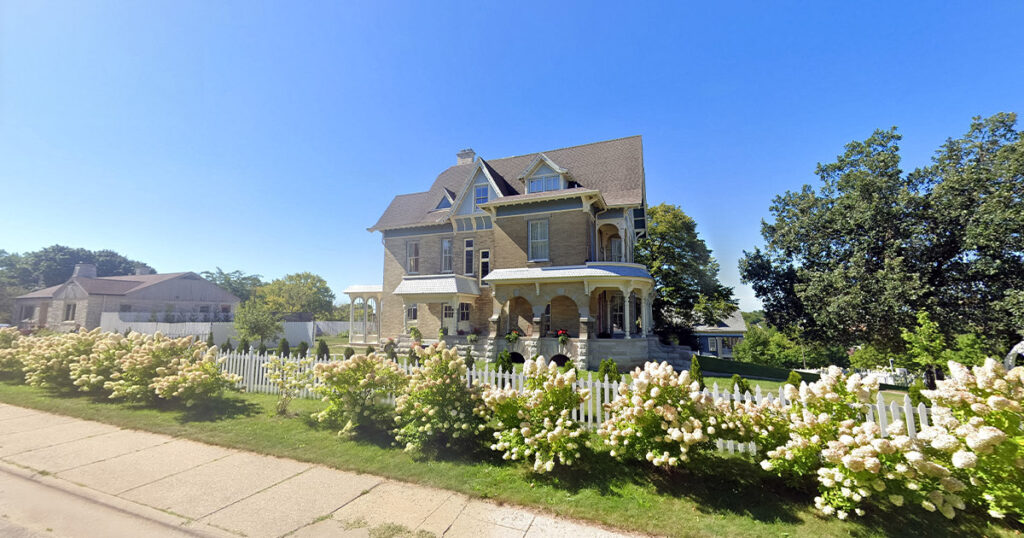
Nestled close to the heart of downtown Janesville, the Historic Courthouse Hill District is renowned for its beautifully preserved Victorian homes and tree-lined streets. Added to the National Register of Historic Places in 1986, this neighborhood’s homes date as far back as the mid-19th century when Janesville’s early leaders resided there.
Courthouse Hill is perfect for those who appreciate classic architecture and a present sense of history. Neighborhood residents enjoy close proximity to local landmarks, community events, and the Rock County Historical Society. Courthouse Hill is also home to Courthouse Park, a 3-acre public park that hosts live music in the summer and other community events year-round.
2. Old Fourth Ward
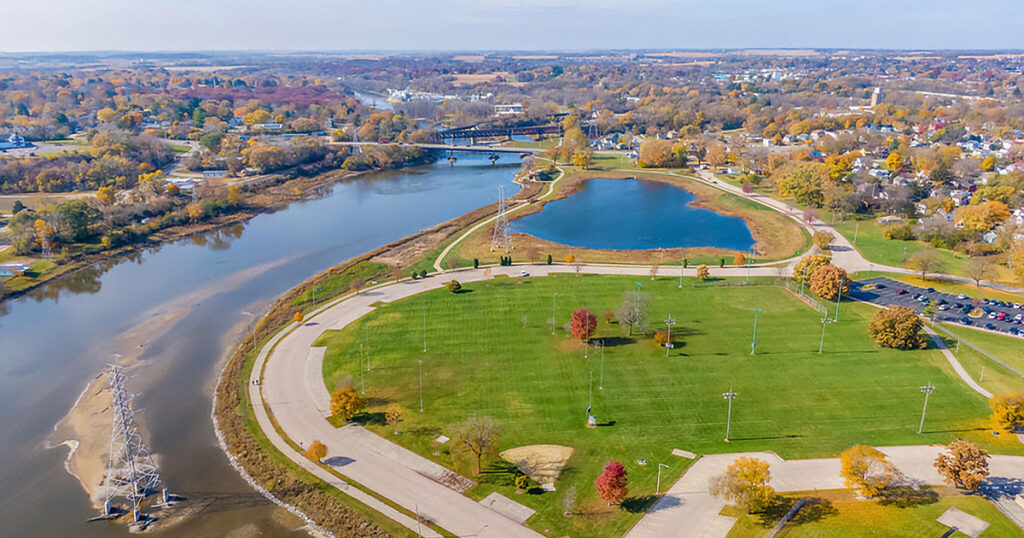
Across the Rock River from Courthouse Hill is the Old Fourth Ward Historic District, another notable neighborhood of Janesville’s past that was added to the National Register of Historic Places in 1990. Contrasting with Courthouse Hill, the Fourth Ward is a working-class neighborhood with smaller, more numerous homes and a higher number of new constructions. This area is close to public parks like Fourth Ward Park and several local schools, making it an ideal spot for families looking for an affordable house for sale in Janesville.
3. East Side
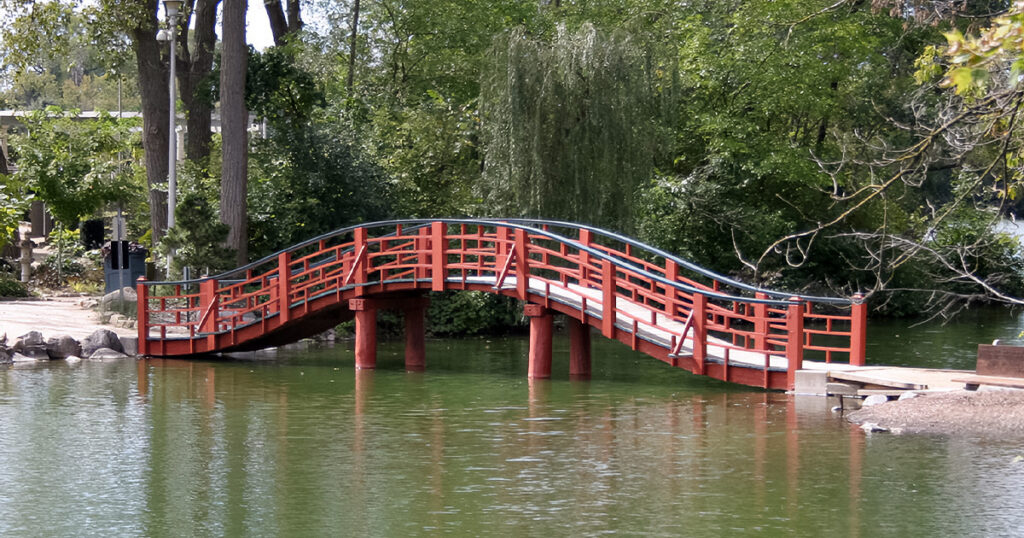
As the name suggests, the east side of Janesville is situated on the eastern side of the Rock River and extends into the city’s outskirts. Offering a more suburban locale, the east side home to many new, growing subdivisions and includes a larger selection of newer constructions varying in size and style compared to other neighborhoods in Janesville. This area is a haven for those seeking the freedom of a suburban lifestyle while still being minutes away from the Janesville’s bustling center.
Points of interest on the East Side include the commercial areas off of Interstate 90 for shopping and dining and the Janesville Youth Sports Complex, where many of the area’s youth sports games are held. The near east side of the neighborhood is also home to Rotary Botanical Gardens, an award-winning 20-acre botanical garden open to the public. With easy access to the city, shopping centers, and the Interstate, Janesville’s east side is a perfect option for growing families in need of a convenient suburban lifestyle.
4. Look West

The Look West Historic District is located on the city’s northwest side and encompasses much of the area immediately west and northwest of West Centerway. This area was once known as Janesville’s First Ward, and has deep roots in the city’s rail and manufacturing past, reflecting the economic forces that shaped the town during the 19th century. Today, Look West’s diverse range of stately Victorian homes to modest cottages offers a glimpse into the past, speaking to the stories of the people who built them.
The Look West neighborhood offers a distinct mix of historical ambiance in Janesville’s downtown with homes that are largely updated properties but still affordable. Historical landmarks like the Lincoln-Tallman Museum are easy to find, and cultural and community amenities like the Marvin Roth Community Pavilion and the Janesville Farmer’s Market are a short walk away.
5. Northeast
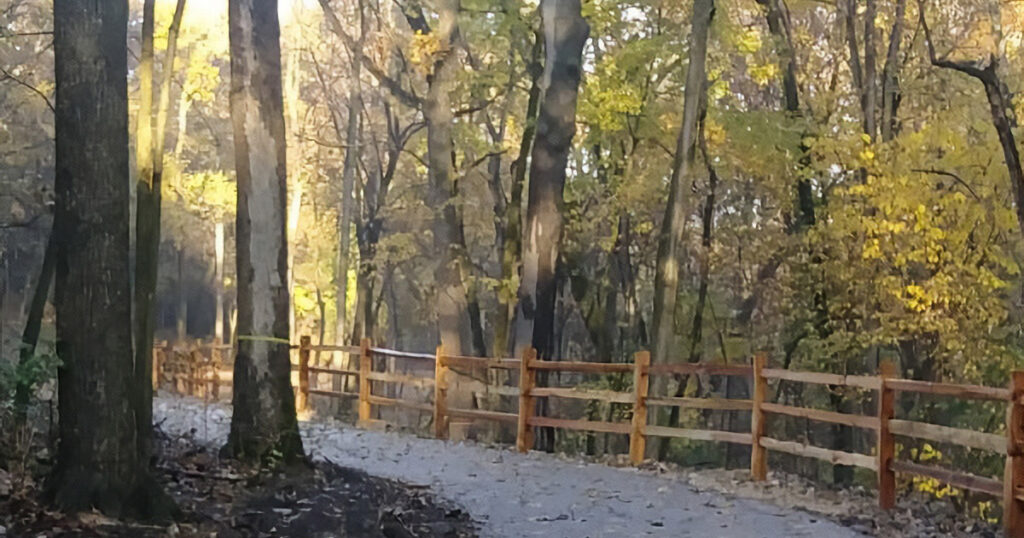
Janesville’s far northeast area has long been a scene of suburban expansion and new home construction, and is one of the city’s fastest-growing and most affluent areas. While the downtown neighborhoods represent Janesville’s formative history, the city’s northeast area represents its productivity and prosperity over the past several decades following a period of massive growth in the 1950’s and 1960’s when Janesville’s population nearly doubled. Many Janesville homes built in the past decade are located here, and newer developments from commercial spaces to municipal facilities are commonplace.
Places of interest in Janesville’s northeast include Sheiffer Park, an 87-acre public park opened in 2019 and a focal point for many of the area’s new subdivisions. The Uptown Janesville Mall has been a longstanding fixture of the northeast since 1973, acting as an anchor for the many shopping and dining options located off the Interstate nearby. This area is also a short drive from Milton, WI, another suburban area known for being a great place to live.
Why Janesville?
Janesville isn’t just a place to buy a house; it’s a community where you can plant roots. The city is known for its extensive parks system, plentiful recreational opportunities, and a thriving arts scene. Janesville’s neighborhoods reflect the city’s dedication to providing a high-quality life for its residents, and there’s plenty more to discover and love about Wisconsin’s Park Place.
The Janesville, WI Housing Market
With a stable real estate market, Janesville offers a range of options for potential homeowners. From historic homes to new constructions, the diversity of the housing stock means there’s something for every preference and budget.
No matter which neighborhood you choose, Janesville’s welcoming community and rich heritage make it a special place to call home. If you’re looking to buy a house in Wisconsin’s Park Place, exploring these top neighborhoods in Janesville is an excellent start.
Are you considering a move to Janesville? Reach out today and let us assist you in finding the perfect place to settle down.
How to Get a Real Estate License in Wisconsin

Are you considering embarking on a career in real estate sales in the Dairy State? First, you’ll need to become officially licensed.
A real estate license is your ticket to a rewarding realty career, opening doors to numerous opportunities. But how do you get a real estate license in Wisconsin?
In this guide, we’ll walk you through the process of how to get a real estate license in Wisconsin. From meeting eligibility criteria to passing the Wisconsin real estate license exam, we’ve got you covered. Let’s get started.
Understanding Wisconsin Real Estate Licensing Requirements
Before getting started, make sure you understand the basic licensing requirements. In Wisconsin, these are set by the Wisconsin Department of Safety and Professional Services (DSPS).
The requirements include specific education, exam, and application steps. These ensure you’re well-prepared for your real estate career.
Here’s a quick overview of the requirements:
- Be at least 18 years old
- Complete 72 hours of pre-licensing education
- Pass the Wisconsin real estate license exam
- Apply for the license with DSPS
- Find a sponsoring broker
Step 1: Meet the Eligibility Criteria
The first step is to ensure you meet the basic eligibility criteria. You must be at least 18 years old to apply for a real estate license in Wisconsin.
Also, you must have a high school diploma or equivalent. This is a standard requirement across most states.
Step 2: Complete Pre-Licensing Education
Next, you need to complete the required pre-licensing education. This is a 72-hour course approved by the DSPS and administered at a board-approved institution.
The course covers key topics like real estate law, contract law, and principles of real estate. It prepares you for the Wisconsin real estate license exam. We offer our own board-approved licensing course taken totally online and available at a discounted rate.
Upon completion of an approved course, you will receive a certificate. This is proof of your successful completion of your pre-licensing education and must be provided to DSPS when applying for your license.
Alternatively, you can also complete 10 academic semester hour credits in real estate or real estate-related law at an approved institution of higher learning.
Step 3: Register for the Wisconsin Real Estate License Exam
After completing your pre-licensing education, it’s time to register for the exam. You can do this through Pearson VUE, which the state has partnered with to administer real estate exams.
The Wisconsin exam consists of two parts: the national portion and the state-specific portion. Both parts must be passed to qualify for a license.
Remember to schedule your exam date well in advance to secure your preferred timeslot.
Step 4: Study and Pass the Wisconsin Real Estate License Test
The Wisconsin real estate license test is a comprehensive exam. It covers a wide range of topics, from property laws to ethical guidelines.
To pass, you’ll need to study diligently. Consider using study guides and practice tests to prepare. These resources can help you understand the exam format and the types of questions you’ll face.
Remember, passing the exam is a crucial step in getting your real estate license in Wisconsin. So, take your preparation seriously.
Step 5: Apply for Your Real Estate License
Once you pass the exam, it’s time to apply for your license. You’ll need to submit an application to the Wisconsin DSPS online LicensE platform.
The application process involves providing proof of your education and exam results. You’ll also need to pay the required fees.
Remember, the DSPS will review your application before issuing your real estate license, so ensure that all your information is complete and accurate.
Step 6: Choose a Sponsoring Broker
After getting your license, you’ll need to find a sponsoring broker. This broker will guide you through your early career stages.
Choose a broker who aligns with your career goals. They should offer support, training, and a conducive work environment.
If you’re interesting in joining one of the largest real estate brokerages in Wisconsin, consider earning your license with us at CENTURY 21 Affiliated.
Maintaining Your Real Estate License in Wisconsin
Once you have your license, it’s crucial to keep it active. This involves meeting certain requirements set by the DSPS and reapplying every two years.
These include:
- Completing approved continuing education courses.
- Renewing your license every two years or on every even-numbered year by December 14.
- Staying updated on changes in real estate laws and regulations.
The Top 5 Fastest-Growing Cities in Wisconsin
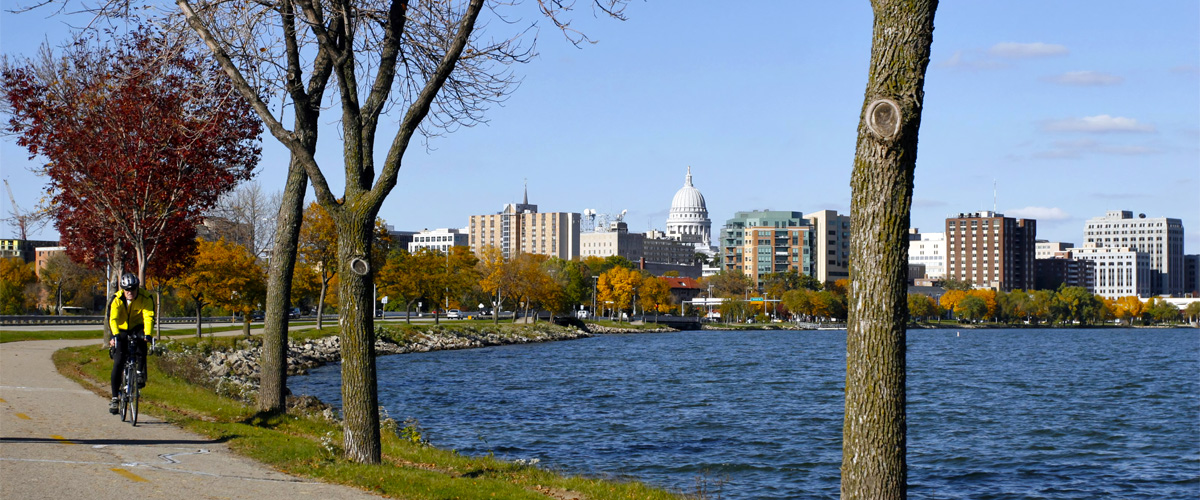
Like many areas throughout the country, Wisconsin has seen varied population growth across its cities in recent years following the COVID-19 pandemic. This growth is often driven by homebuyers seeking affordable homes or stronger local economies, and there are several areas enjoying particularly strong influxes of new residents. In this post, we’ll explore the five fastest-growing cities in the state of Wisconsin, based on recent data and trends.
1. Madison

Madison, the ever-popular capital city of Wisconsin, has experienced significant population growth in recent years. Between 2020 and 2023, Madison’s population increased by 4.4%, from 274,686 to 286,785 residents. This growth continues a trend observed over the past decade, where the city saw a 17.7% increase in population from 2010 to 2020. Madison’s robust growth can be attributed to its strong economy, education opportunities, and consistently high livability and quality of life rankings.
2. Fitchburg
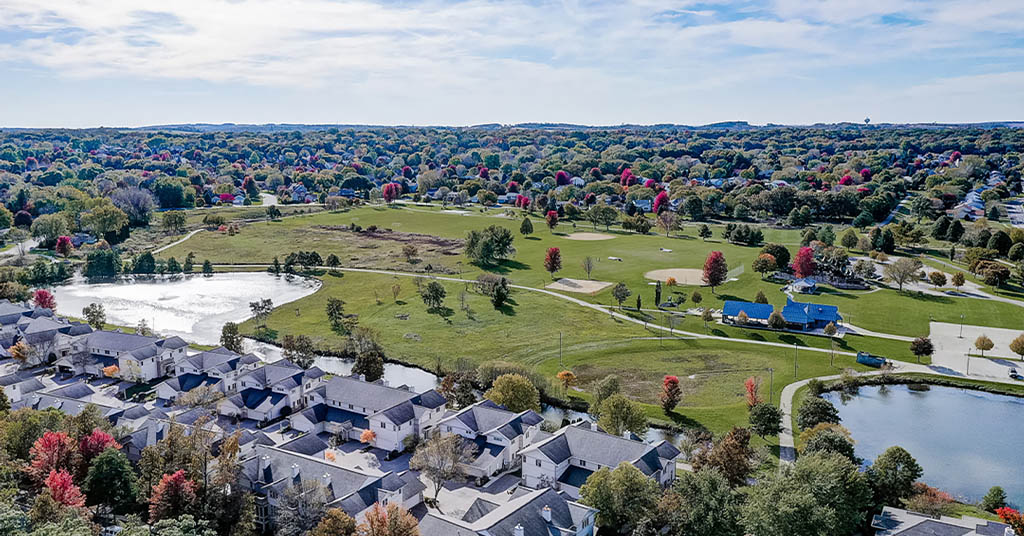
Fitchburg, a suburb south of Madison and part of the Madison metropolitan area, has also seen substantial post-pandemic growth. From 2020 to 2023, the city’s population grew by 9.74%, from 30,999 to 34,019 residents. Fitchburg’s recent growth rate is one of the highest in the state, reflecting the town’s appeal as a suburban community with convenient access to the nearby amenities of Madison.
3. Sun Prairie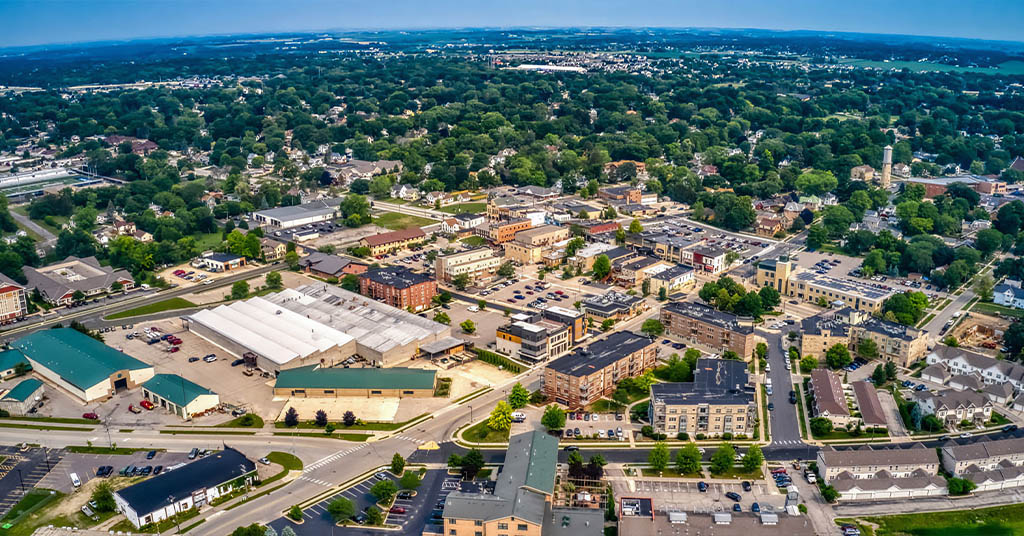
Sun Prairie, yet another city in Dane County, has experienced a 6.73% population increase from 2020 to 2023, growing from 35,967 to 38,387 residents. Over the past decade, Sun Prairie’s population has surged by 29.3%, making it one of the fastest-growing cities in Wisconsin. Sun Prairie’s growth is strongly driven by its proximity to Madison, family-friendly suburban environment, and considerably strong economic development.
4. Oak Creek
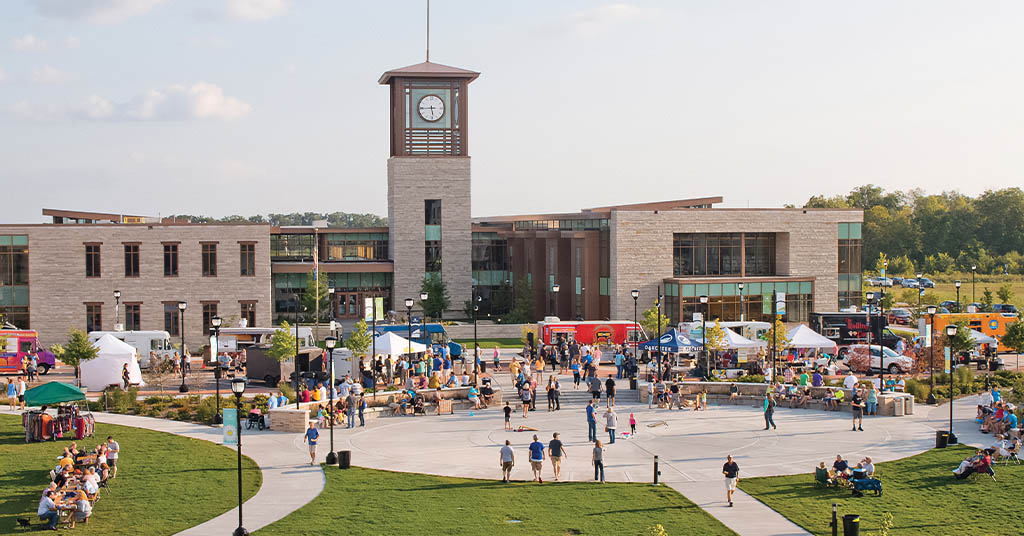
Oak Creek, located on the southwestern shores of Lake Michigan in Milwaukee County, saw a 4.59% increase in population from 2020 to 2023, growing from 36,497 to 38,174 residents. This growth is significant given the overall population decline in Milwaukee County during that same period. Oak Creek’s rising population and development is supported by its strategic location between Milwaukee and Chicago and expanding residential and commercial sectors.
5. Eau Claire
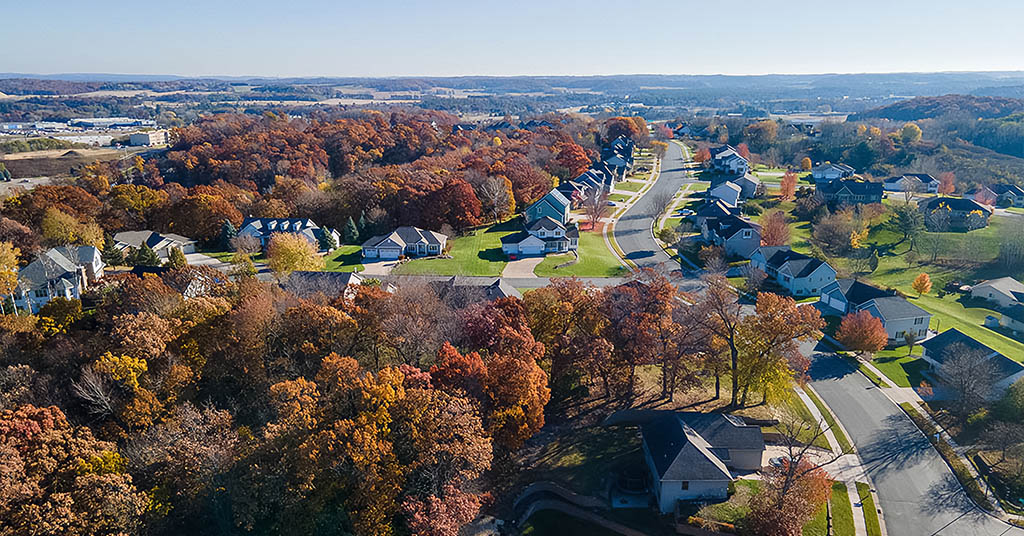
On the opposite side of the state, the city of Eau Claire has enjoyed a 2.71% population increase from 2020 to 2023, growing from 69,421 to 71,304 residents. This growth has positioned Eau Claire as the seventh-largest city in Wisconsin, surpassing Waukesha since the last U.S. census in 2020. Eau Claire has long stood as an attractive destination thanks to its reputation as a cultural hub and close proximity to Minnesota’s Twin Cities. Other notable attractions driving Eau Claire’s growth include its vivacious arts scene and ongoing municipal investments such as the expansion of its downtown area.
The cities of Madison, Fitchburg, Sun Prairie, Oak Creek, and Eau Claire are leading the way in population growth in Wisconsin. These destinations offer a compelling combination of economic opportunities, quality of life, and strategic locations that are driving new residents into their welcoming arms. If you’re interested in making a move to one of Wisconsin’s most popular cities, start a search for a new home today or contact us to get in touch with a local real estate expert.


 Facebook
Facebook
 X
X
 Pinterest
Pinterest
 Copy Link
Copy Link
